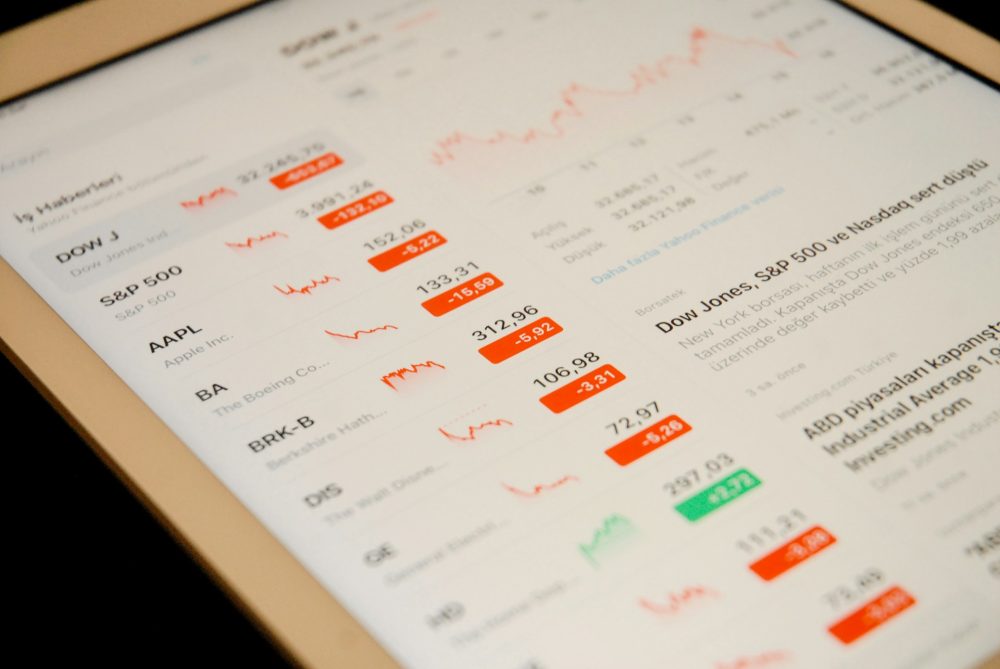Business
Real estate is at risk because of the exogenous crisis caused by COVID-19
Participatory real estate investment has not escaped the economic and health crisis. However, the consequences will not be the same for all project owners’ leaders.The activity in the real estate sector has virtually come to a standstill following a very large number of retractions on promises of sale, which should only be postponed. A slowdown in sales is expected in the next 6 months.

While it seems difficult to predict with any accuracy the economic consequences of the health tensions the world is facing, some agree that economic fundamentals were robust at the beginning of the – exogenous – crisis. Therefore, unlike the global financial crash of 2008, this “Covid-19 episode” could be temporary and result in a V-shaped recovery.
The real estate development sector is not and will not be supported by the Public Investment Bank, despite the current context. However, the need for cash is significant: property developers and merchants, who have real estate projects, must be able to cope with 6 to 12 months without generating any turnover. The initial selection of investors is therefore very significant for the sustainability of the investment.
For example, a “dedicated” project (the investment concerns a specific project, generally relating to a single real estate transaction), unlike corporate financing (financing of the promoting holding company either for its development needs or for one or more future real estate projects), is isolated by nature and, put into perspective, smaller in scale. Moreover, it seems to offer greater flexibility in reducing fixed costs: a production stoppage will not necessarily mean a cash shortfall.
Find out the most important business news in the world, as well as how the coronavirus pandemic is affecting the real estate sector with the Born2Invest mobile app.
Delays in deliveries as a risk in real estate
Ongoing projects should not be impacted by the “paralysis” of building permit approvals. In order to be bankable, it is generally accepted that projects must have cleared third parties, have 50% pre-commercialization. On the other hand, it can clearly be observed risk markers emerging for operations that would not be in this framework (land development, property dealers, etc.).
Moreover, it is highly likely that the building sites will still be delayed, whether due to short-time working or lack of raw materials (not to mention the risk of subcontractor failure). So this will necessarily generate short-term delays in delivery. These delays have always been part of the risk in real estate. Moreover, the investment horizon in real estate crowdfunding being on average around 2 years, therefore rather “long”, it leaves a margin of maneuver, a “buffer space” to catch up.
In addition, historically, many contracts provide for contractual deferrals of 6 to 12 months: during this extension period, investments should continue to produce interest at the initial rate (with exceptions that already exist outside the coronavirus period!).
Real estate assets should not be shunned
The current difficulties are not endogenous to real estate: the sector is not in disequilibrium by itself. This sends a positive marker to investors, even though French concerns are more health-related and not very focused on long-term investment. Liquidity – which should not be diminished by the policies of the Central Banks – should eventually be maintained, after the banking system has emerged from this episode of fragility and temporary restrictions on access to credit.
Thus, the sector should mark time and probably experience a slowdown in sales over the next 6 months. The risk may lie in a possible fall in property prices – and thus once again weaken project owners and solicit their cash flow.
The real estate market could face a shortage in supply
While the sclerosis of housing starts should not affect the real estate projects that are carefully planned before collection (administrative authorizations, pre-marketing, etc.), it will have an a priori impact on the influx of future financing. Indeed, it would seem logical for project leaders to postpone their initiatives by a few months. Furthermore, it will nevertheless be necessary for notary and banking partners to absorb their inevitable delays despite the teleworking efforts that have been put in place, but which do not constitute a viaticum.
The activity has virtually come to a standstill following a very large number of retractions on promises of sale, which should only be postponed. Moreover, and before it can emerge from this lethargy, the market could thus have to face a shortage of supply, which would offset the risk on the level of prices and maintain them at the current level. During the “recovery”, it will again be necessary to be vigilant with regard to the financing solicitations and the holders concerned.
An indicator of good practice in France
One thing seems certain: this episode will once again mark good practices and stigmatize the most uncertain ones.
– If the projects are French, they seem less sensitive to the risks of raw material supply;
– If the financing/investment contracts are initially drawn up for a fairly long period (2 to 3 years) or can be extended under the initial conditions, interest should be “normally” paid;
– If the projects are financed after the necessary studies have been carried out and planning authorizations have been obtained and third parties have had recourse, the investments are only slightly affected by these risks and the latency periods they entail;
– If the projects are financed with an advanced state of pre-commercialization (at least 50%), they should not be too much affected by delays linked to notary and bank partners and should be sustainable.
– If the project is financed on an individual and not a corporate basis, the project financed will be de facto isolated and will be less likely than corporate financing to be impacted by the overall financial situation of the promoter.
Finally, only invest in what you understand; take the time to analyze the investment package and the stakeholders; identify the risk and get the promise of return associated with this risk premium.
__
(Featured image by nattanan23 via Pixabay)
DISCLAIMER: This article was written by a third party contributor and does not reflect the opinion of Born2Invest, its management, staff or its associates. Please review our disclaimer for more information.
This article may include forward-looking statements. These forward-looking statements generally are identified by the words “believe,” “project,” “estimate,” “become,” “plan,” “will,” and similar expressions. These forward-looking statements involve known and unknown risks as well as uncertainties, including those discussed in the following cautionary statements and elsewhere in this article and on this site. Although the Company may believe that its expectations are based on reasonable assumptions, the actual results that the Company may achieve may differ materially from any forward-looking statements, which reflect the opinions of the management of the Company only as of the date hereof. Additionally, please make sure to read these important disclosures.
First published in Capital, a third-party contributor translated and adapted the article from the original. In case of discrepancy, the original will prevail.
Although we made reasonable efforts to provide accurate translations, some parts may be incorrect. Born2Invest assumes no responsibility for errors, omissions or ambiguities in the translations provided on this website. Any person or entity relying on translated content does so at their own risk. Born2Invest is not responsible for losses caused by such reliance on the accuracy or reliability of translated information. If you wish to report an error or inaccuracy in the translation, we encourage you to contact us.

-

 Markets2 weeks ago
Markets2 weeks agoNavigating the Fourth Turning: Cycles of Crisis and Opportunity
-

 Cannabis4 days ago
Cannabis4 days agoIs Aurora Cannabis Stock a Risk Worth Taking?
-

 Impact Investing2 weeks ago
Impact Investing2 weeks agoEU Eases CO2 Tax Burden on SMEs with Revised CBAM Rules
-

 Business6 days ago
Business6 days agoAmerica’s Debt Spiral: A $67 Trillion Reckoning Looms by 2035

























